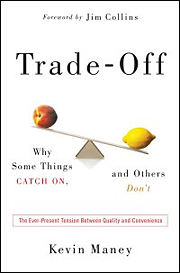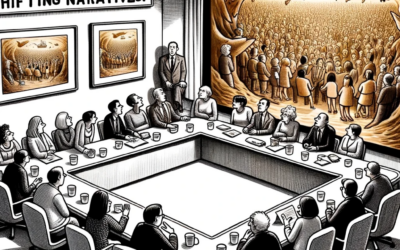“A house divided against itself cannot stand.” Abraham Lincoln’s profound words resonate deeply, especially in the context of business and brand integrity during varying economic cycles. As a seasoned professional with a rich background in executive coaching and a personal passion for skiing and quality experiences, I’ve observed a concerning trend in the business world – a trend that threatens the very essence of brand integrity. Brand Integrity in Economic Downturns is crucial to keep your eye on.
The Surefoot Experience: A Lesson in Brand Dilution
My recent experience with Surefoot, a renowned ski boot retailer known for its uncompromising quality, serves as a cautionary tale. After a rewarding year at CO2 Coaching, I decided to indulge in a pair of high-quality ski boots, a decision influenced by Surefoot’s promise of unmatched fit and service.
However, what unfolded was a series of events that left me questioning their commitment to their brand ethos. Despite their expertise, the sales process felt uncomfortably akin to a transaction at a used-car lot, with attempts to upsell products, including an entire box of ski socks. This experience, coupled with a discrepancy in online and in-store pricing, highlighted a significant breach in their customer promise.
This incident exemplifies the risk businesses face when they stray from their core values, especially in challenging economic times. It’s a stark reminder that maintaining brand integrity in business cycles is not just about sustaining quality but also about upholding customer trust and service standards.
The Trade-Off Dilemma: Quality vs. Convenience
In his book, “Trade-Off: Why Some Things Catch On and Others Don’t,” columnist Kevin Maney discusses the crucial decision businesses must make between quality and convenience. This dilemma becomes particularly pronounced during downturns in business, industry, or economic cycles. Companies like Tiffany, which once veered towards offering lower-priced items, have seen firsthand how such decisions can erode an upscale brand.
In challenging times, the temptation to sacrifice quality for maintaining margins can be strong. However, this short-term gain can lead to long-term brand damage, as witnessed in my Surefoot experience. The key lies in understanding which customer you are serving and ensuring that cost-cutting measures do not lead to a compromse in the core brand promise.
A Dining Experience: Struggling to Balance Two Worlds
Another incident that highlights this struggle involved an upscale hotel restaurant trying to merge high-end dining with a more casual grill experience. The intention was to consolidate resources, presumably to manage costs better. However, this move resulted in a jarring experience for guests expecting either quick service or a refined dining atmosphere. This attempt to blend two distinct offerings – high quality and high convenience – ended up doing a disservice to both.
This scenario underscores the importance of clear brand positioning, especially in adverse economic conditions . If you are to keep you Brand Integrity in Economic Downturns you must keep to your brand position. Blurring the lines between different brand promises can lead to customer dissatisfaction and erosion of brand loyalty.
Navigating Economic Cycles: Staying True to Your Brand
The key to navigating different business cycles lies in understanding the core of your brand and steadfastly adhering to it, regardless of external pressures. It’s about making strategic decisions that align with your brand’s values and promise.
- Understand Your Customer Base: Knowing your target audience and their expectations is crucial. Are they seeking luxury and exclusivity, or are they more inclined towards convenience and affordability?
- Maintain Quality and Service Standards: Compromising on quality and customer service can have long-term repercussions on brand perception and loyalty.
- Communicate Transparently: Be open and honest in your communication, especially when there are changes in service or pricing. Customers appreciate transparency, which, in turn, builds trust.
- Innovate Wisely: Innovation should not come at the cost of your brand’s integrity. It should be a means to enhance the customer experience while staying true to your brand’s core values.
- Monitor and Adapt: Regularly assess your strategies and be willing to make adjustments. However, ensure these changes do not conflict with your brand’s essence.
Conclusion: Upholding Brand Integrity
In conclusion, as leaders and business owners, it’s imperative to recognize the importance of brand integrity in business cycles. The decisions made during challenging economic times can have lasting impacts on customer perception and brand loyalty. Remember, a brand divided against its own values cannot stand. It’s a lesson as true in business as it was in Lincoln’s time.




